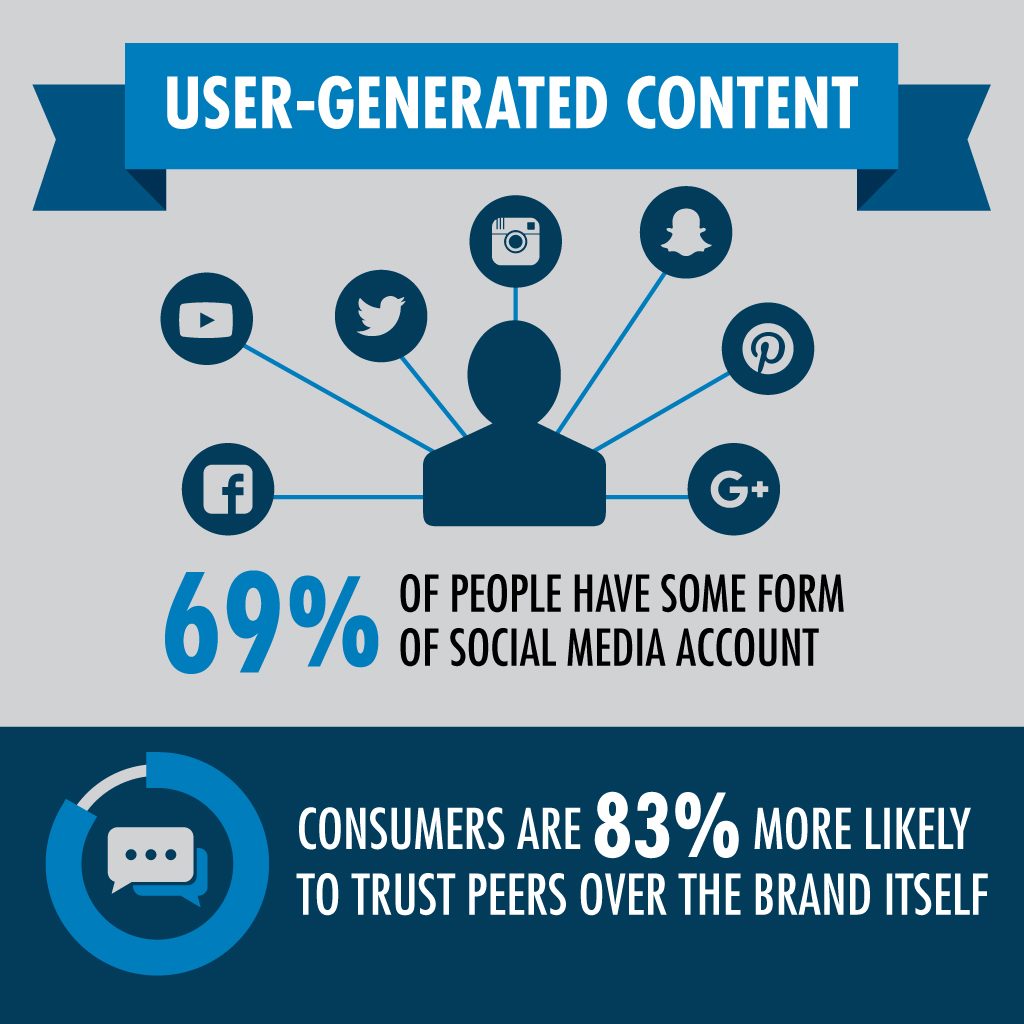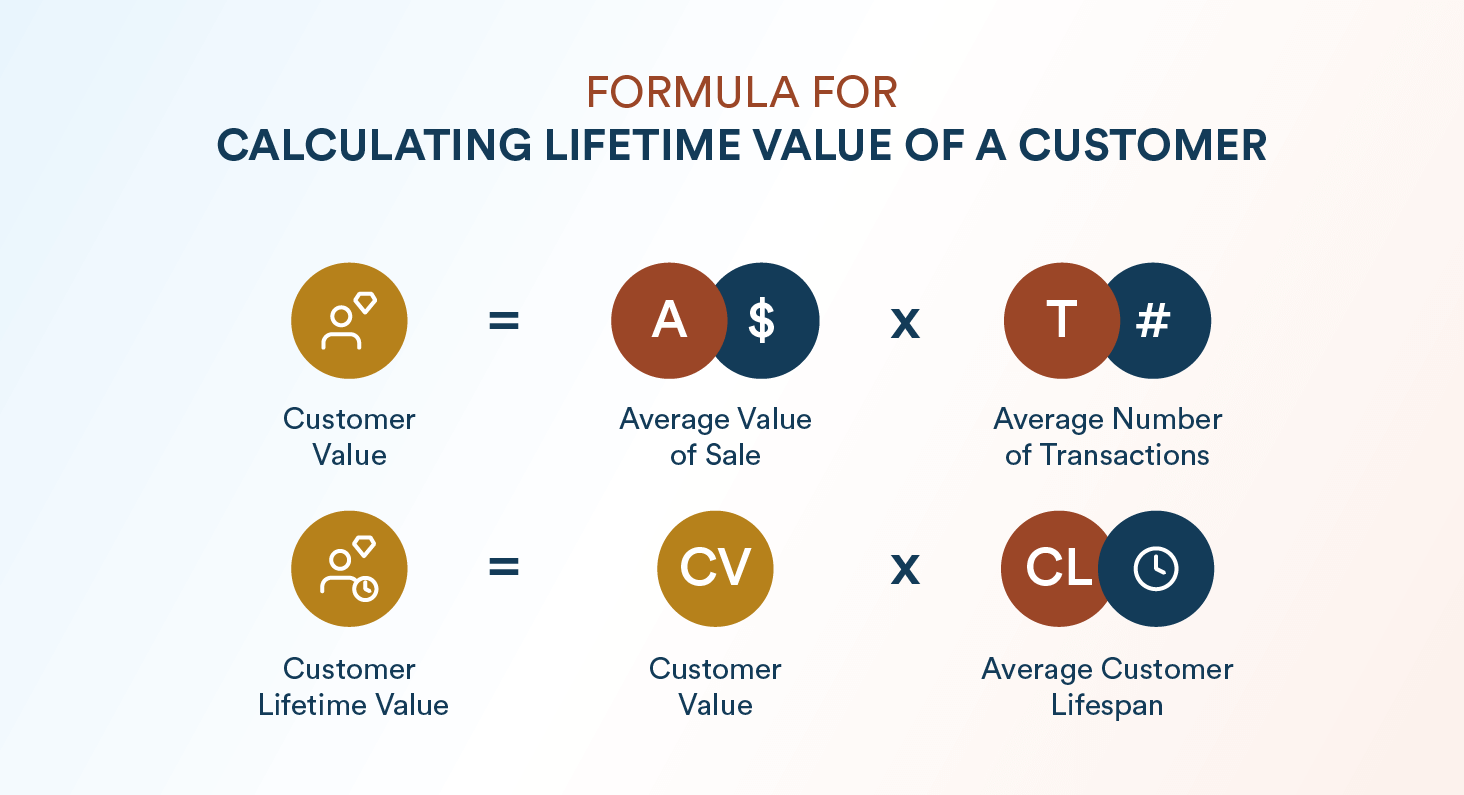A Deep Dive into UGC Metrics: Measuring Impact Beyond Likes and Shares
Meta Description: Discover the deeper metrics behind User-Generated Content (UGC) and learn how to measure its true impact on engagement, conversions, and brand loyalty beyond likes and shares.
In today’s competitive digital landscape, understanding User-Generated Content (UGC) and its associated metrics is a game-changer for marketers. This blog aims to educate marketers, brand managers, content strategists, and even small business owners on measuring the true impact of UGC. We’ll explore effective techniques that go beyond traditional metrics like likes and shares to empower brands with valuable insights for data-driven decisions.
With 5 years of experience in SEO and a track record of helping over 20 companies optimize their SEO performance, I am excited to guide you through the multifaceted world of UGC metrics.
What is User-Generated Content?
User-Generated Content (UGC) refers to any content—text, images, videos, reviews, etc.—created and shared by individuals rather than brands themselves. With the rise of social media platforms such as Facebook, Instagram, TikTok, and others, UGC has become an integral part of digital marketing. It serves as authentic, relatable content that fosters real connections between brands and consumers.

Historically, UGC dates back to the beginnings of social media, but its importance skyrocketed with the introduction of platforms that prioritize community engagement, allowing users to express their opinions and experiences directly with brands. According to Nielsen, 92% of consumers trust organic user-generated content more than traditional advertising. This powerful form of content often acts as a catalyst for driving engagement and influencing purchasing decisions.
The Importance of UGC in Digital Marketing
Understanding UGC and its measurement is crucial as it shapes how brands engage their audiences. Some compelling statistics underline the need for brands to consider UGC seriously:
- Consumers are 29% more likely to convert after viewing user-generated content (Source: Yotpo).
- 83% of consumers say they would be more likely to engage with a brand that promotes UGC (Source: Adweek).
Given these statistics, brands need to move beyond vanity metrics such as likes and shares to assess the true impact of UGC.
Beyond Likes and Shares: Understanding UGC Metrics
Different Metrics for Measuring UGC
To gain a comprehensive understanding of UGC's impact, brands need to consider a variety of metrics. Here are several key metrics that go beyond simple likes and shares:
| Metric | Description | Importance |
|---|---|---|
| Engagement Rate | A formula that calculates total engagement (likes, comments, shares) divided by total followers. | Indicates the level of active audience participation. |
| Conversion Rate | The percentage of users who take a specific action after engaging with UGC. | This metric directly links UGC to sales and goal achievements. |
| Sentiment Analysis | Evaluation of user sentiment (positive, negative, neutral) regarding UGC. | Provides qualitative insights into audience perceptions. |
| Customer Lifetime Value (CLV) | Measures the total revenue a business can expect from a customer over their entire relationship. | Helps in understanding how UGC fosters loyalty over time. |
| Cost Per Acquisition (CPA) | A metric reflecting the total cost of acquiring a customer. | Helps to assess the efficiency of marketing strategies using UGC. |
The Challenge of Vanity Metrics
While likes and shares are often celebrated as indicators of success, they fail to provide significant insights into the brand's actual performance and influence. Marketers must differentiate between vanity metrics and those that portray genuine audience engagement and brand loyalty.
Customer Lifetime Value (CLV), for instance, measures how effective UGC is in fostering long-term consumer trust and loyalty. A study shows that brands leveraging UGC effectively can see a 20% increase in return on investment (ROI) on campaigns featuring UGC vs. those that do not (Source: Insivia).

Tools and Technologies for UGC Measurement
To accurately track and analyze UGC performance, marketers can turn to various digital tools. Here are five recommended tools that provide insights on UGC engagement and impact:
- Google Analytics: Helps monitor website traffic driven by UGC and understand user behavior.

- Socialbakers: Offers insights into social media performance and can analyze UGC campaign effectiveness.
- Mention: Tracks brand mentions and sentiment analysis across the web, providing feedback on UGC.
- Hootsuite: Useful for managing social media posts and monitoring audience engagement.
- Sprout Social: An invaluable tool for scheduling posts and analyzing the performance metrics related to UGC.
Utilizing these tools can enhance a brand's ability to analyze data and refine its marketing strategy based on UGC metrics.
Qualitative Insights: Going Deeper into UGC
While quantitative metrics are essential, qualitative insights play a critical role in understanding audience perceptions. It’s important to gather feedback from customers through open-ended survey questions or interviews. Such qualitative insights can reveal customer motivations, preferences, and sentiments that numbers alone cannot capture.
Challenges in Managing UGC
As brands tap into UGC, they may encounter obstacles such as copyright issues, negative feedback, and authenticity concerns. For instance:
- Copyright Issues: Brands must ensure they have permission to use user-generated content.
- Negative Feedback: How to manage negative or critical content effectively and respond appropriately.
- Authenticity: Ensuring that UGC reflects genuine experiences without being overly curated.
Brands must develop strategies to mitigate these challenges, such as establishing guidelines for UGC submissions and maintaining open lines of communication with their audiences.
Future Trends in UGC
The role of UGC in marketing is expected to evolve continually. Emerging trends include:
- The Growing Role of Influencers: Brands are increasingly leveraging influencer-generated content as part of their UGC strategy.
- Algorithm Changes: Social media algorithms often influence the visibility of UGC, making it crucial for brands to stay informed and adapt their strategies accordingly.
Major shifts in user behavior and platform algorithms will dictate how brands utilize UGC moving forward.
Conclusion
In summary, User-Generated Content offers an abundance of opportunities for marketers to foster genuine connections with their audiences. By measuring beyond likes and shares and focusing on deeper metrics such as engagement rates, conversion rates, sentiment analysis, and more, brands can drive more effective marketing strategies.
Assess your current UGC strategies and reflect on how these metrics can empower your marketing efforts. I encourage you to share your own experiences with UGC measurement or insights you’ve gained in your journey. Together, we can build a community around the power of user-generated content in transforming brand strategies.
